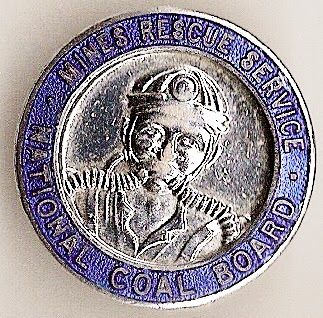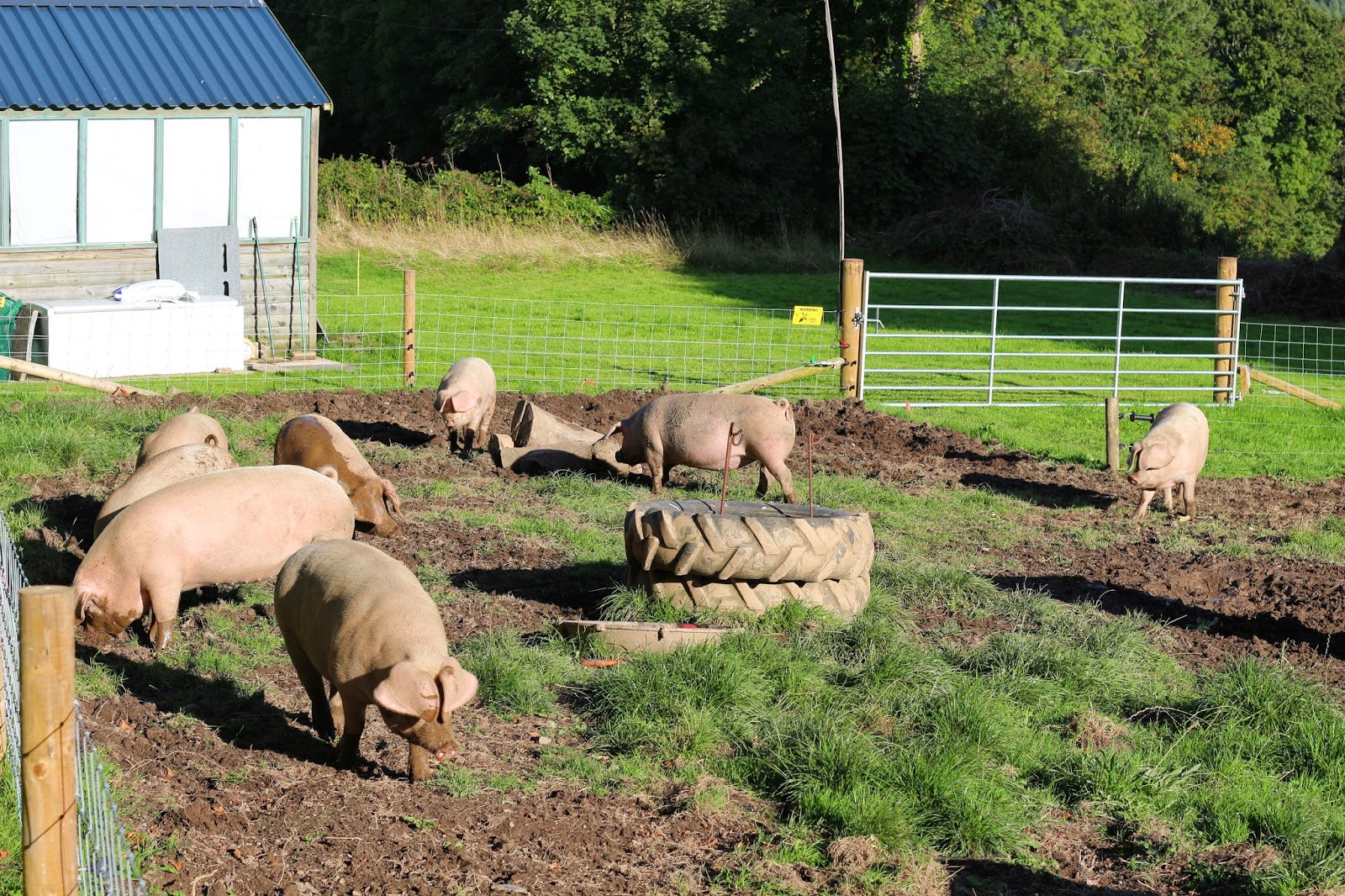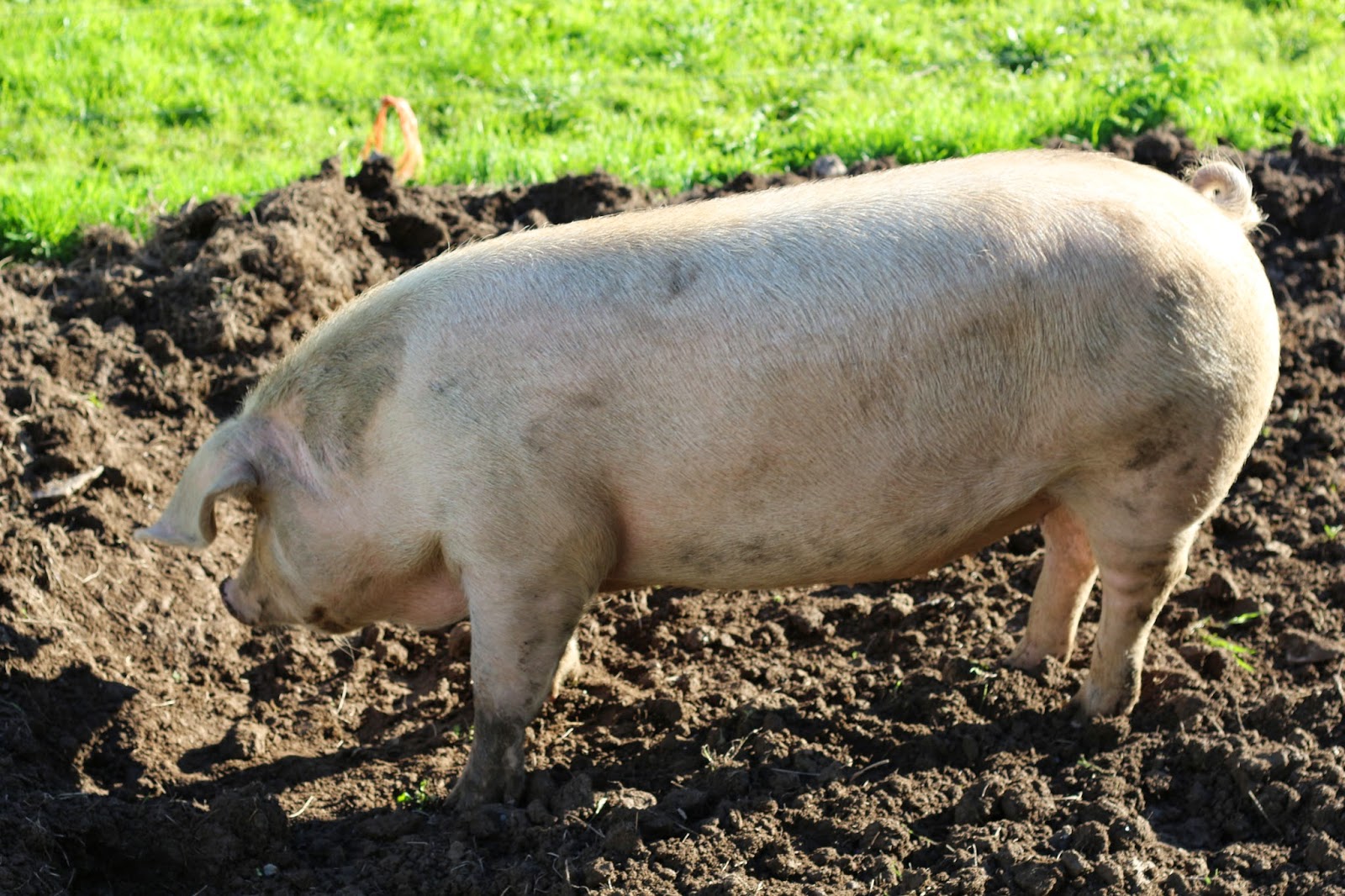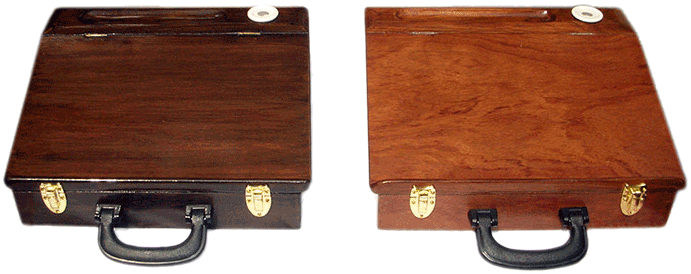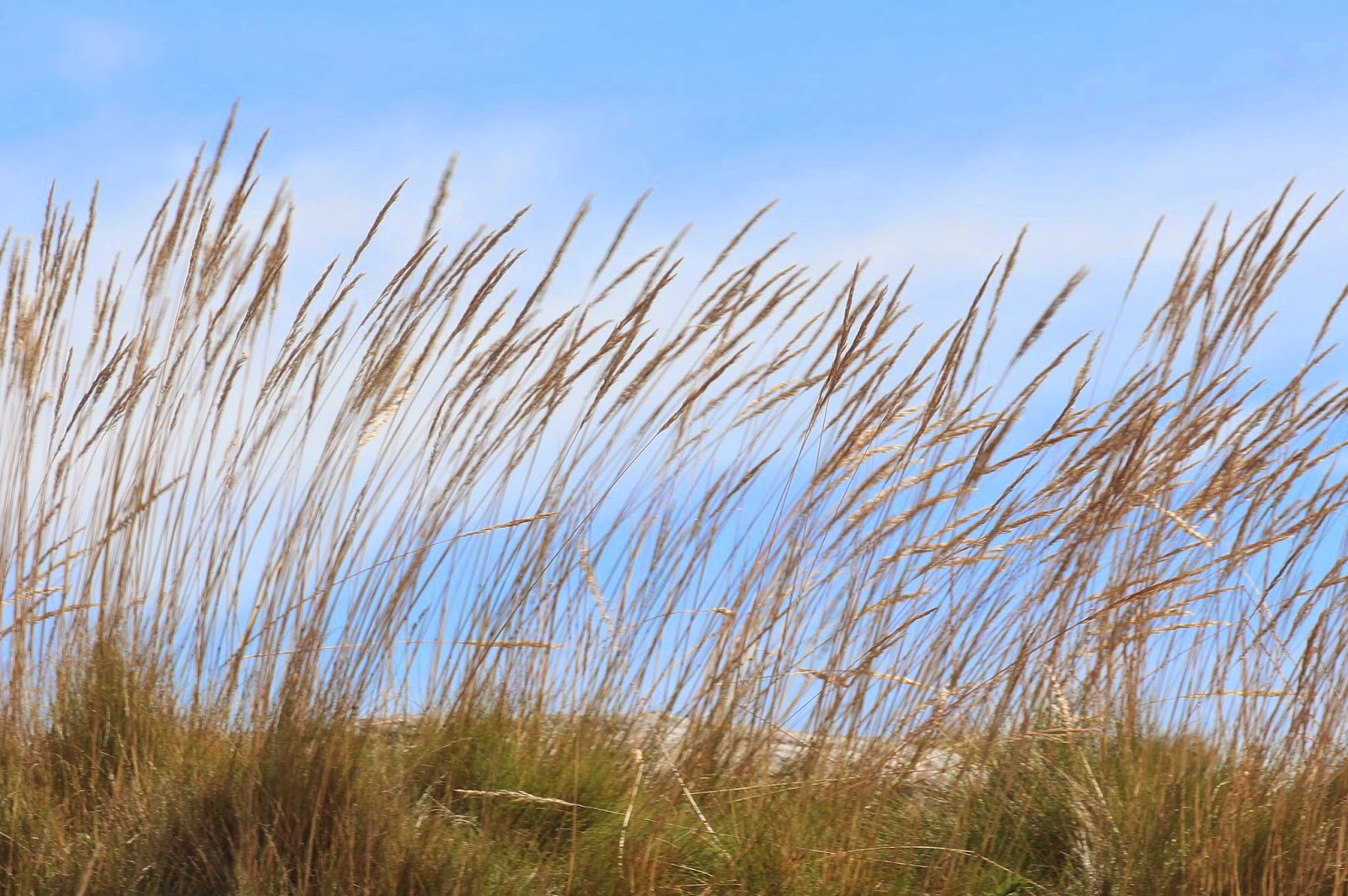For many years I lived in the shadow of our local 'pit' (Bedwas Navigation Colliery to give it its formal title but it was never referred to as anything other than the 'pit') and things relating to the pit were important, directly or indirectly, to most in the village. It was the major employer and its buildings on the side of the mountain dominated the valley below. It was common to see miners black with coal dust going to and from the pit and the scene below was very familiar to me. This was taken just below the pithead and we often played in the fields either side of this access road. The building at the top housed the administrative offices and the square structure in front was a reservoir, the water in which contained lots of goldfish. All gone now as the pit closed around 1985, coincident with the Miners' Strike. Note that I say coincident with and not caused by the strike. It was on Thatcher's hit list long before that and the strike was a very convenient excuse for closure. But enough of the politics - sometimes I think my memory is too long for the good of my blood pressure. Almost thirty years ago and I still get hot under the collar about it. And don't get me started on the way my grandfather was treated when he had pneumoconiosis after a life time working down this very pit.
Nothwithstanding all of the above, Grandchild #4 asked me what a blue badge he'd unearthed was for. I'd forgotten I'd had it and, bearing in mind his age (3), I told him that it was a picture of my dad in a funny mask. He accepted this and moved on to irritating Grandchild #6. I wasn't completely truthful with him as what he had come across was his great-grandfather's Mines Rescue Service badge, issued by the National Coal Board to those miners who had volunteered to be trained as part of the Mines Rescue Service. The reverse of the badge gives his name and the Rescue Station (New Tredegar) at which he was trained. Dad was in the Rescue Service for around 10 years and, as far as my mother and I can remember, was only called to a 'proper' accident once. The funny mask? That's the standard Proto respirator used at the time (50's and 60's) and the helmet was made of laminated fibre board. By present day standards, not very sophisticated gear but it did the job.
Those in the Mines Rescue Team were the first-line responders when there was an accident underground, be it a tunnel collapse, explosion or injury. Such occurrences were signalled by long blasts on the pit hooter, calling the Team into action. I remember hearing it several times when I was young but I really did not appreciate the significance of what was going on then. The photograph below was taken in the late '40's outside the lamp room at Bedwas Pit and is of the Team at the time. I can still recognise several of the faces and things wouldn't have changed that much by the time dad was involved. It was typical of dad to volunteer for something like this and the badge is another warm memory of him.

